How Houseplants Can Help You Stay Healthy at Home

Decorating your home with houseplants is a simple way to keep your space looking and feeling fresh
Houseplants help to oxygenate a room, eliminate toxins, are proven to be therapeutic, and some studies suggest that they can even make you more productive (by up to 15 percent!). If you’ve not already introduced plants your home office space, maybe now’s the time…
Even better, it is easy to propagate house plants, meaning you can add more to your space when you want without spending any money. From simple cuttings of jade plants to root division on a Boston fern, here are our top tips on how to propagate some of the most popular houseplants.
Bromeliad
The bright flowers of the bromeliad may make it seem like a high-maintenance plant, but the only extra care they need is slightly more direct sunlight, and to be watered fairly regularly from the natural cup that forms at the plant’s base. The same rules apply when propagating bromeliad pups as with ponytail palms: allow the pups to grow to a few inches on the bromeliad before cutting off and re-potting. As soon as the pup grows a cup, make sure you fill it with water so it gets the moisture it needs straight away.
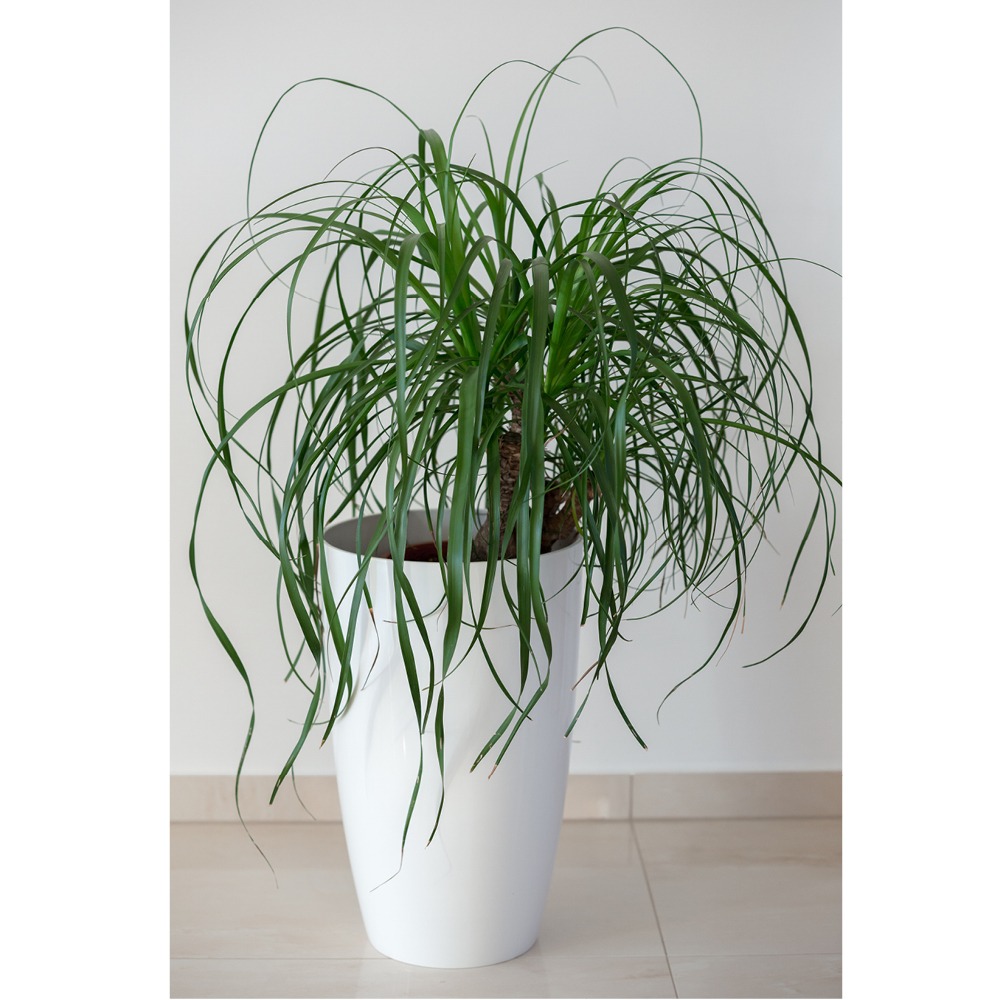
Ponytail palm
Plants that produce pups are incredibly useful to propagate, because they do most of the regrowing themselves. Look out for a small sprouting of the ponytail palm’s long, thin leaves on its base; let the pup grow a few inches in size, then simply cut off and re-pot. As the Ponytail palm is an extremely forgiving plant they can survive in low light, however the brighter the spot, the better they will flourish. Their soil should be left to dry in between watering, so avoid the temptation to overwater as despite your best intentions this could drown it out.
Snake plant
Winning first place for the best alternative names, the snake plant is also referred to as Saint George’s sword, mother-in-law’s tongue, and viper’s bowstring hemp. Names aside, the snake plant is also not difficult to care for, as all it needs is a bit of water once the soil starts to look dry. To propagate, remove the snake plant from its pot and find a stem that is attached to the main part of the plant; then, gently pull at the stem to separate the roots. If the process is proving a bit tough, and there is a large tap root then a knife can be used (carefully!) to split the roots in half. Once the stem is separate, simply re-pot it with fresh potting soil and moderate watering and leave in bright but indirect light. You can also propagate in water, changing it every week to prevent a build up of algae.
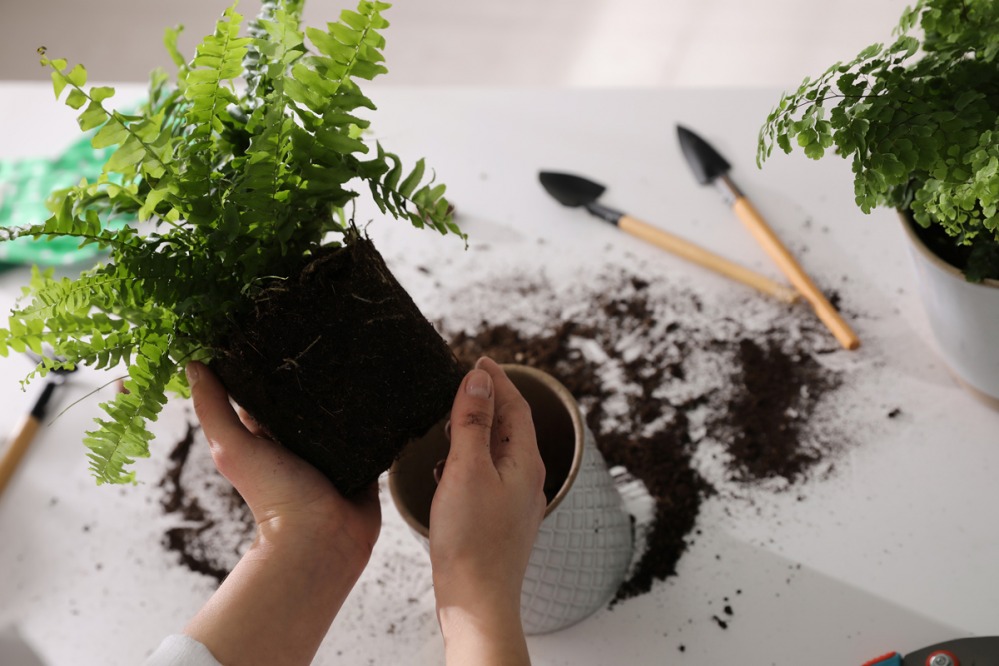
Boston fern
Hugely popular, the pretty, feathery Boston fern likes cool spots, with high humidity and indirect light. They should be watered around two times a week to keep the soil nice and moist, and you can up the humidity by placing the pot on a tray of pebbles filled with water, or by regular misting (once or twice a week) – they’ll let you know if they need more with yellowing leaves. When propagating a Boston fern, remember that if the roots are divided by hand, the propagated part of the plant can be placed directly into a good-quality houseplant soil; however, if a knife was used, it will need a few days for the cut to heal before re-potting.
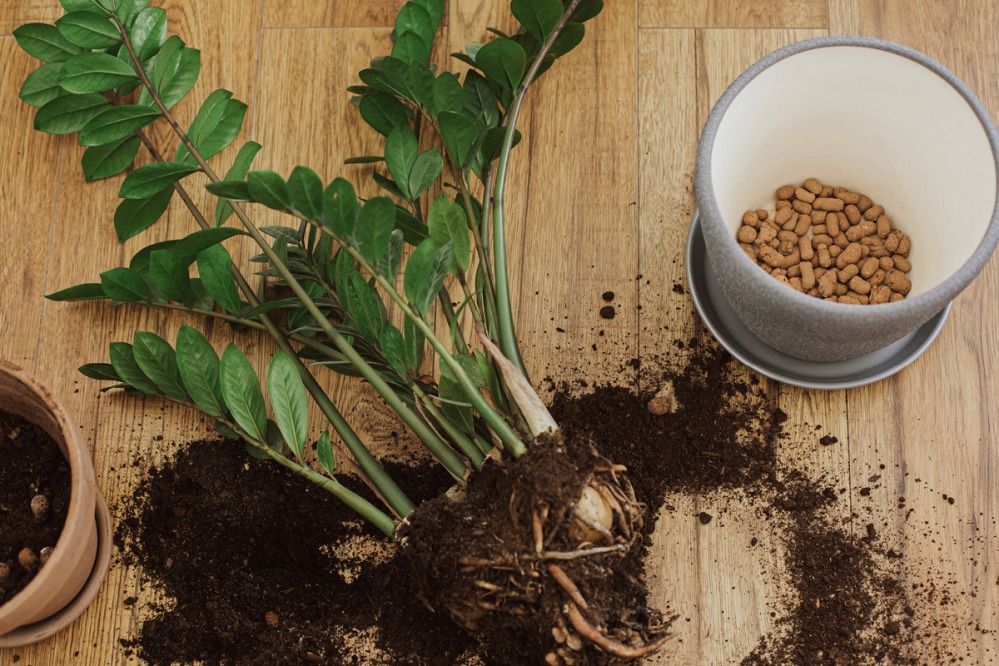
ZZ plant
The ZZ plant (short for the rather wordy Zamioculcas zamiifolia) has wide, waxy, dark green leaves, and has long been an office favourite. It tolerates neglect, is drought tolerant (water only when totally dry), and puts up with low light conditions, and does help purify the air. The quickest and easiest method to propagate a ZZ plant is through root division. The plant grows from fat rhizomes (like bulbs) and you can separate these fairly straightforwardly, and then re-pot both old and new plants. Keep in mind, however, you should keep this Zanzibar gem away from curious pets (or curious children, for that matter) as although it is beautiful, it is toxic if ingested.
Heartleaf philodendron
Known as the sweetheart plant, this houseplant is also nice and easy to care for: all it needs is a bit of indirect sunlight. To prevent long lanky growth, keep pinching out the leaves – removing any stem that is three-to-six inches long to keep it looking bushy. As the name might suggest, this plant has large, heart-shaped leaves that emerge bronze, then quickly turn a glossy, dark green. As they start growing, opt for a spacious pot on your desk – as it thrives, it will want to climb, so you can add a mossy pole to encourage it, or graduate to a hanging basket or place a high shelf and allow your plant to trail to really showcase your philodendron. To propagate, take a seven centimetre-long stem tip (with at least three leaves attached), cut just below the leaf node and allow to root in water or soil.
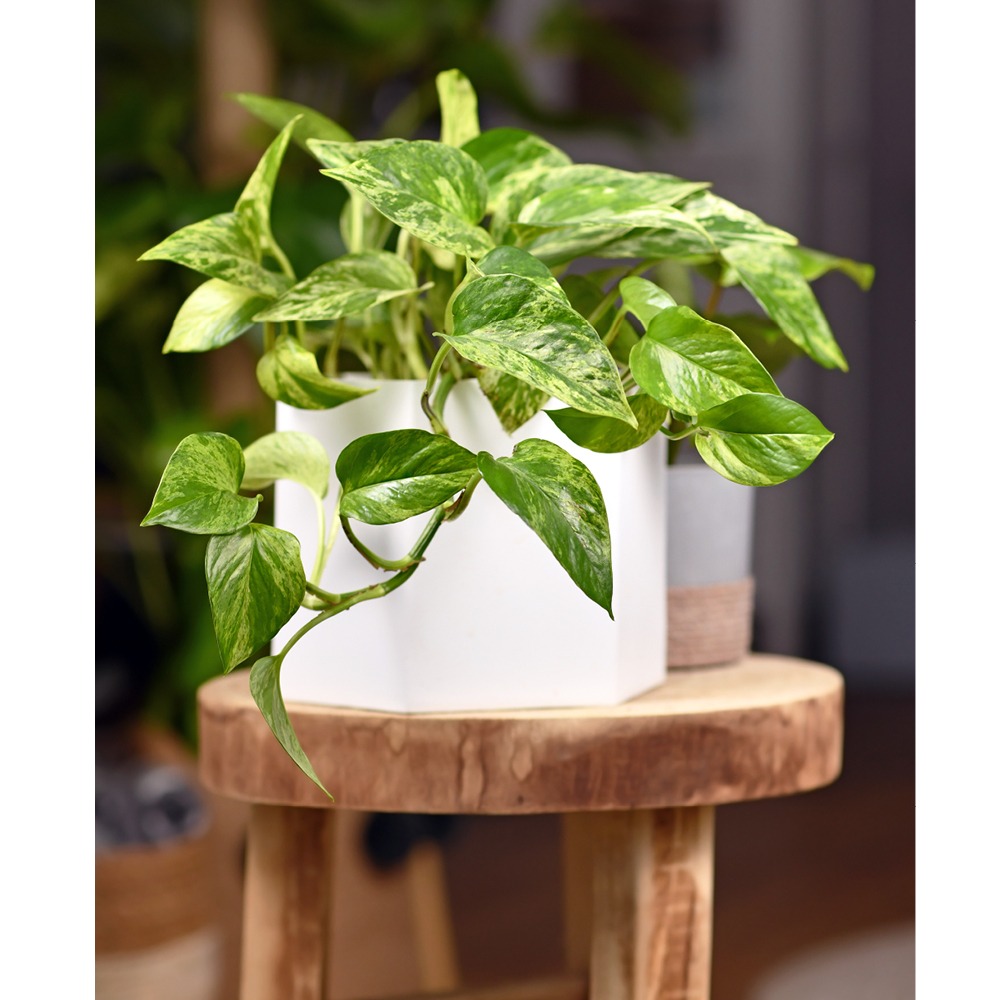
Pothos
Pothos plants (also known as Devil’s Ivy) require little maintenance and will even grow in low light conditions (except the variegated variety) with minimal amounts of water. In fact, they are such a popular houseplant because they are generally impossible to kill, so they’re great for new plant parents. To propagate, simply identify any healthy stems with four or more leaves on them, use a pair of sharp shears to cut below the root node at an angle and place in water, or soil. Oddly enough, cuttings started in one growing medium have a hard time switching to the other. So, a pothos plant started in soil has a hard time thriving if moved to water, and a pothos cutting started in water will not do very well in soil, especially if it has spent a long period of time growing in water. Whether you opt for a golden pothos or the velvety leaves of the satin pothos, both look fantastic in a hanging basket or draped across your shelves, but do keep out of reach of children and pets.
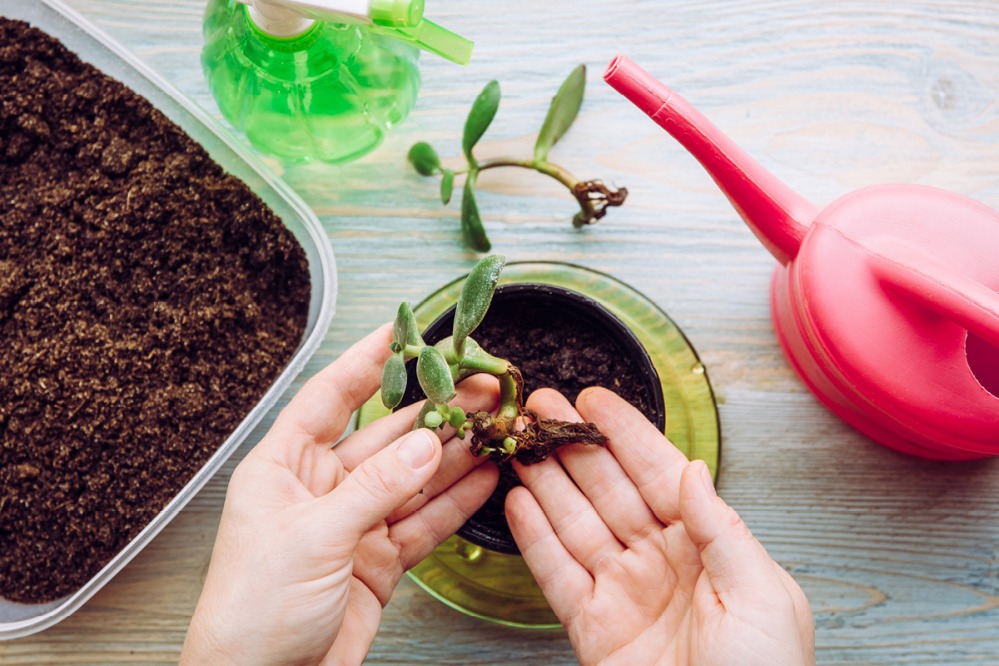
Jade plant
Also known as a lucky plant or money tree, Jade plants are small succulents that bloom with small pink or white flowers. For better and faster results when propagating a succulent, propagate during the warmer months. Select a branch that looks healthy and is ideally eight-to-10 centimetres long. Once you have your clipping, place it in some moist soil in a small container. You can speed up the propagating process by dipping the cutting into a rooting hormone before placing it in the soil. Water sparingly so that the potting mixture is only damp until the cutting takes root.
For more tips on how to care for and propagate your houseplants, visit GardeningExpress.com







